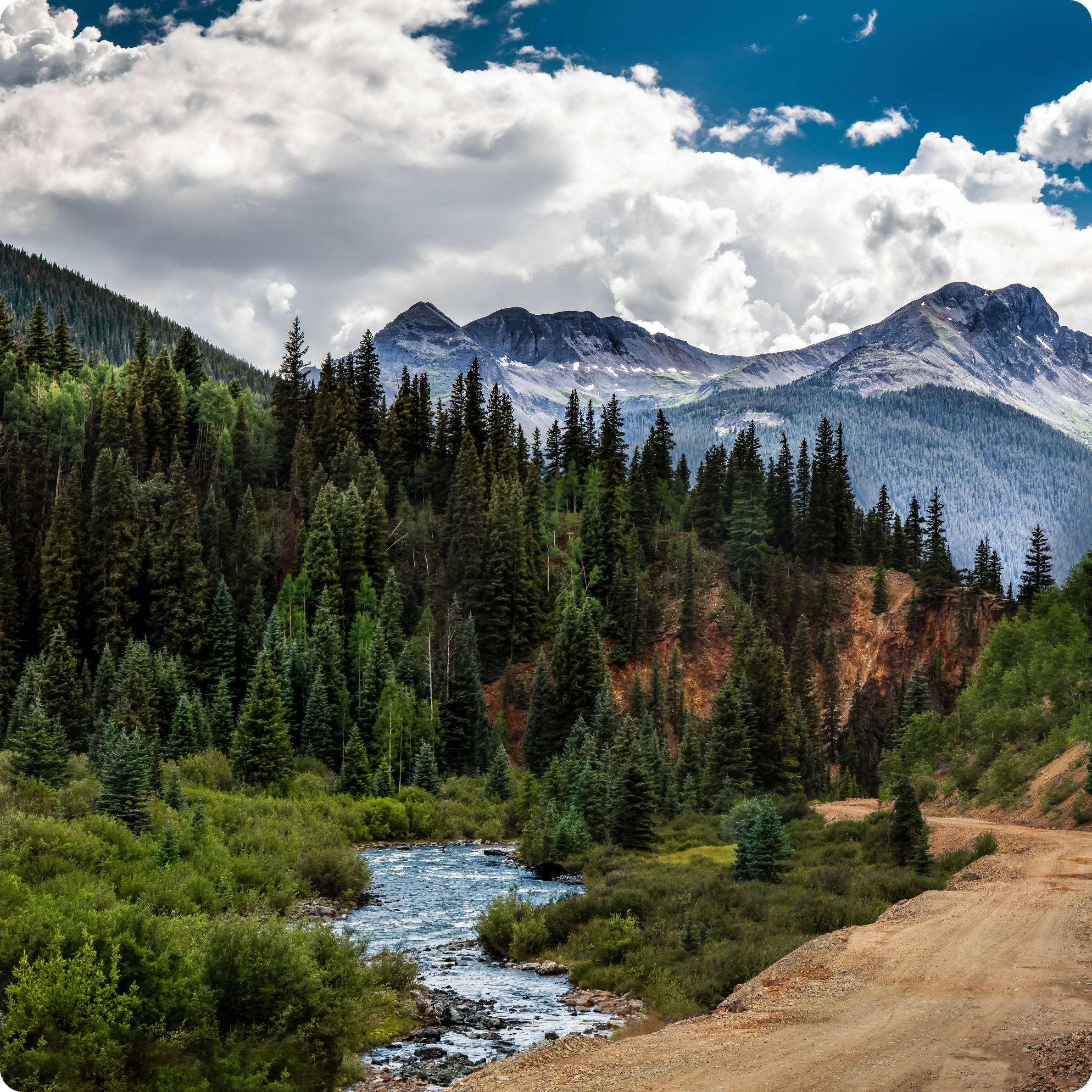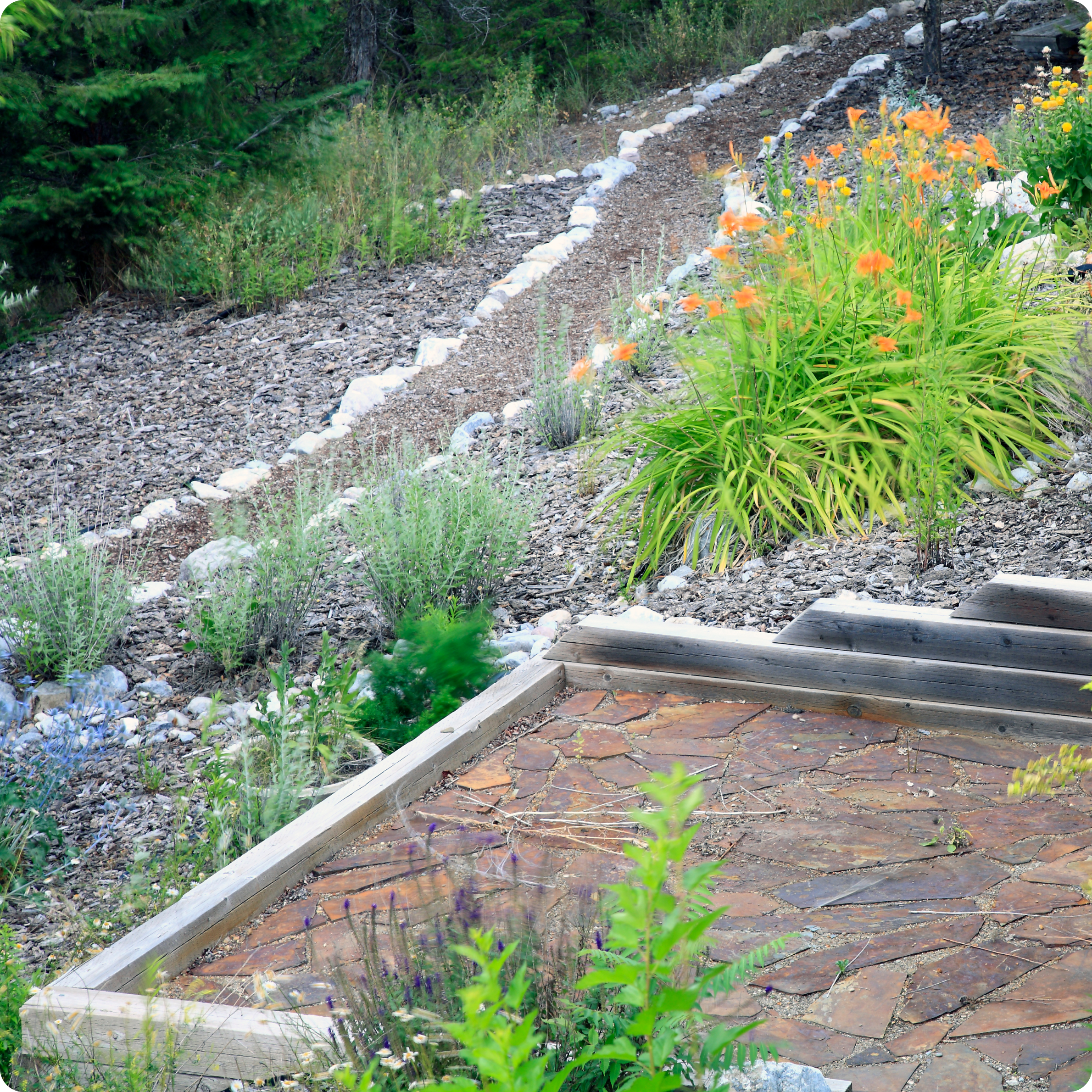
Water is a vital resource for life, yet it is often taken for granted. In states like Colorado, where water availability can fluctuate significantly due to climate and geography, conserving this precious resource is not just important, it’s essential.

Colorado’s unique location in the western United States places it in a region known for its dry climate and periodic droughts. While the state is home to the Rockies, providing access to snowmelt that fills rivers and reservoirs, this water supply is not limitless. As the climate changes, Colorado is experiencing warmer temperatures, which means more precipitation falls as rain rather than snow. This shift impacts the snowpack that traditionally serves as the state’s water storage, making water less predictable and harder to manage.
Moreover, Colorado’s population has been growing steadily. With more people comes an increased demand for water in households, industries, and recreational areas. This places additional stress on already limited water supplies.

One of the largest contributors to water waste in Colorado is the widespread use of irrigation for lawns. Maintaining lush, green lawns in an arid state like Colorado requires an immense amount of water, and unfortunately, much of this water is wasted. In many cases, lawns are overwatered, and irrigation systems are inefficient, using more water than is needed to keep grass healthy. A significant portion of residential water use goes toward outdoor watering, and much of it ends up evaporating or running off into the streets instead of being absorbed into the soil.
This water waste exacerbates the strain on the state’s water resources, especially during the summer months when demand is at its peak. Even though Colorado experiences seasonal rainfall, much of the water is often absorbed by thirsty vegetation or lost due to evaporation before it can be effectively used. The growing popularity of artificial turf, xeriscaping (landscaping that requires little or no irrigation), and other drought-resistant landscaping alternatives offer a way to reduce water use significantly while still maintaining attractive yards.
Conserving water in Colorado not only helps maintain a reliable water supply but also protects the state’s delicate ecosystems. Rivers and streams that flow through the state’s valleys and plains are home to a variety of wildlife, and reduced water levels can threaten these habitats. The Colorado River, which supplies water to millions of people across the southwestern United States, is already experiencing reduced flow due to overuse and climate change. Effective water conservation efforts within Colorado can help ease the pressure on this vital water source.

Water conservation matters in Colorado because it helps ensure a sustainable future for residents and ecosystems alike. As the state faces challenges related to population growth, climate change, and limited water supplies, taking steps to reduce water use—particularly by cutting back on lawn irrigation—can make a meaningful difference in preserving this precious resource for generations to come.